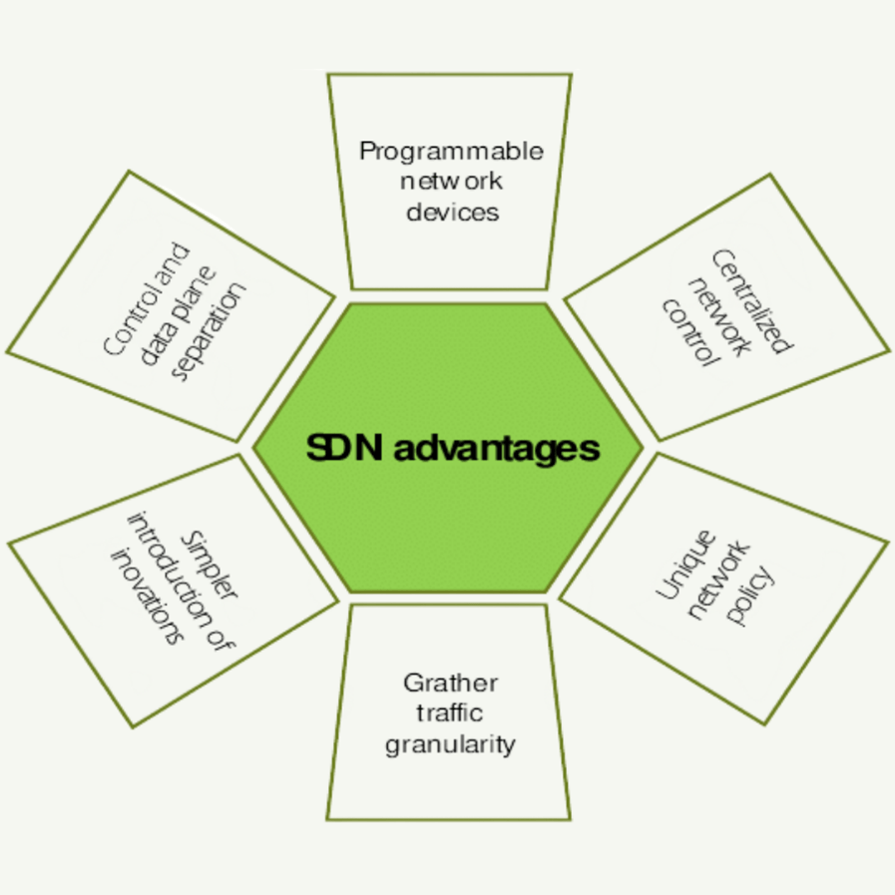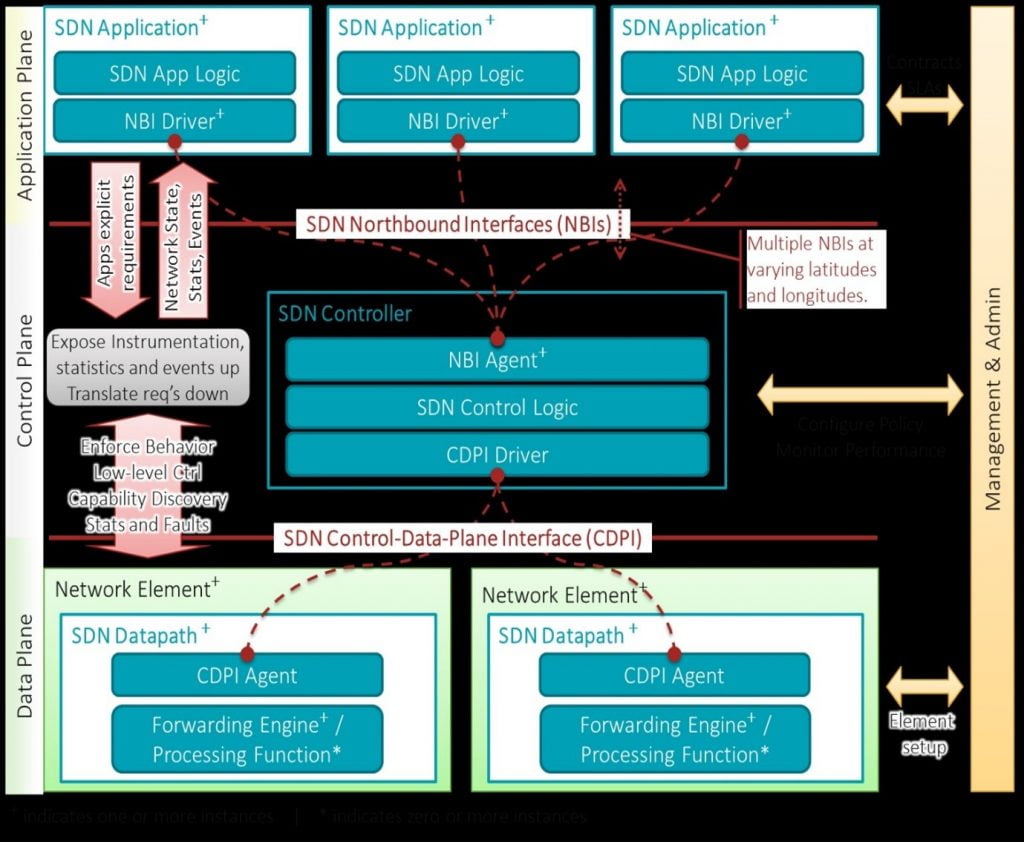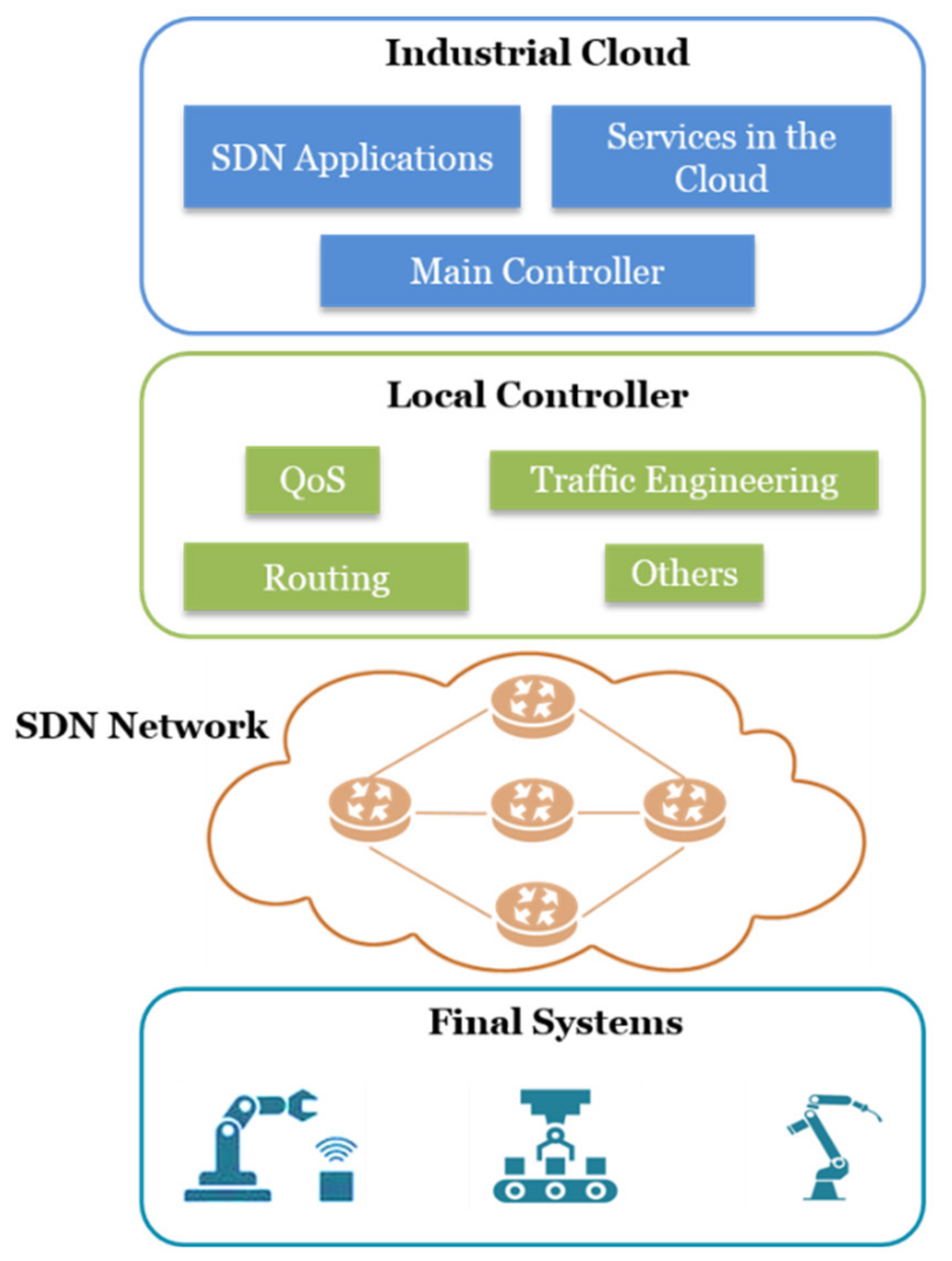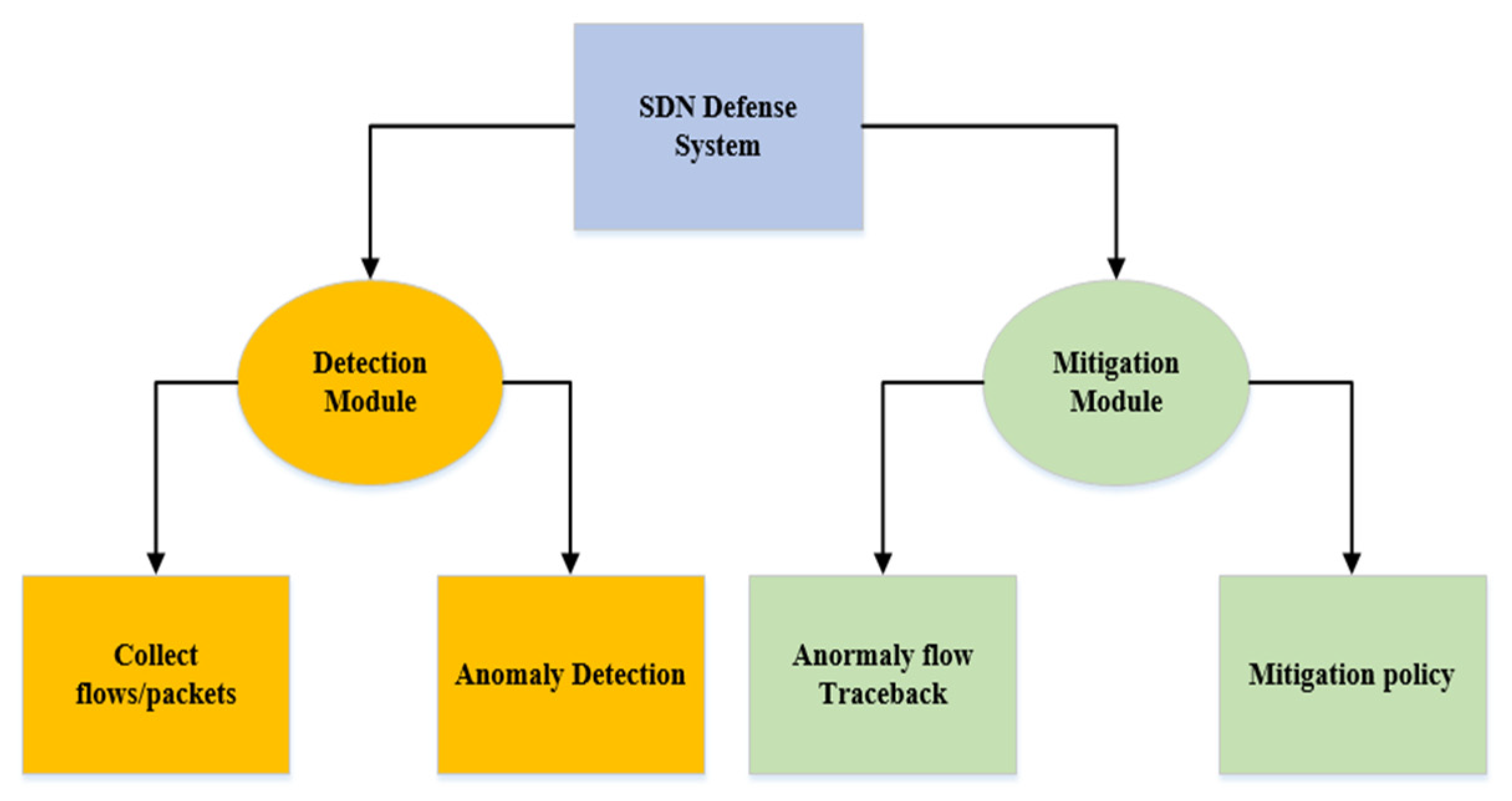Antwort What is the disadvantage of SDN? Weitere Antworten – What is NFV and SDN
Network Function Virtualization (NFV) is a concept closely-related to software defined networking (SDN) whereby certain aspects of network operations (routing for example) are de-coupled from hardware and delivered as a software-only product or service.While network virtualization allows organizations to segment different virtual networks within a single physical network, or to connect devices on different physical networks to create a single virtual network, software-defined networking enables a new way of controlling the routing of data packets through a …NFV provides the basic networking functions and SDN assumes higher-level management responsibility to orchestrate overall network operations. SDN and NFV have much in common, based on the concept of virtualization that drives the development and deployment of their capabilities.
What is the key difference between SDN & NFV : Difference between SDN and NFV:
NFV is focused on the virtualization and management of network functions. SDN separates the control plane (which determines how traffic is routed) from the data plane (which handles the actual transmission of data), allowing for more flexible and programmable network management.
What are the benefits of SDN
Companies benefit from reduced errors and higher output in networks. An SDN system is popular due to its dynamism and fast programming capabilities. It allows efficient resource sharing and bandwidth optimization. In the long run, brands maintain a cost and resource-efficient online infrastructure.
What is the difference between virtualization and SDN : NFV virtualizes network functions, enabling them to run on standard servers for increased agility and cost savings. SDN is mainly used in data center or campus networks for centralized control, while NFV is often used in WANs to reduce physical device needs.
In SDN, cost of devices are homogeneous. You have only switches (S) as the network elements and it's controllers (C). However, a SDN switch is costlier than the cheapest switch in a traditional setup. So an SDN is more cost effective if the following equation is true.
Software-defined networking makes it far easier to secure a network, by consolidating and centralizing control and by making it easier to detect and mitigate threats and unusual networking behavior.
Can SDN run without NFV True or false
Software defined networking (SDN) and NFV can be used independently, but SDN makes it much easier to implement and manage NFV. SDN manages network complexity via a network-wide software platform that enables centralized network coordination, control and programmability.The list of SDN challenges consists of: Controller placement, Scalability, Performance, Security, Interoperability and Reliability [6]. SDN controllers must be wisely configured and the SDN's network topology authenticated to prevent manual errors and increase network availability.Software-Defined Networking (SDN) is a network architecture approach that enables the network to be intelligently and centrally controlled, or 'programmed,' using software applications. This helps operators manage the entire network consistently and holistically, regardless of the underlying network technology.
In contrast, traditional load balancing is limited to the network's current data flow. SDN also offers improved performance by considering factors such as server load and selecting the best path using algorithms like the ant colony algorithm .
What is the largest security risk in a SDN : One of the most significant security risk factors is the possibility of a compromised SDN controller attack at the control plane layer. Due to the centralization design of the SDN, the SDN controller becomes the brain of the SDN architecture.
Is SDN cost effective : SDN can reduce the cost of operating a network by gradually migrating nodes to SDN, excluding critical nodes, and using a cost-location aware heuristic algorithm. SDN can reduce operating costs by improving network resource utilization, simplifying network management, and promoting innovation and evolution.
Where is SDN used
What are some of the main uses for SDN Software-defined networks are increasingly used in large data centers. A data center is a collection of servers and networking equipment, typically within a single building, which stores, processes, and exchanges data.
SDN is a great option for large, complex networks that require lots of up-time. It gives engineers the ability to re-route networks on the fly. For example, when an outage occurs, a software defined network can be configured to automatically reroute around that area and maintain the connections your users need.Despite of all its features and functions, security of SDN is still considered to be a major concern. The configuration errors can lead to serious consequences as well as the aspects of programmability makes it vulnerable to attacks.
What problem does SDN solve : What Problems Does SDN Solve SDN eases the complexity of managing highly distributed physical network infrastructures with programmability and centralized control.





